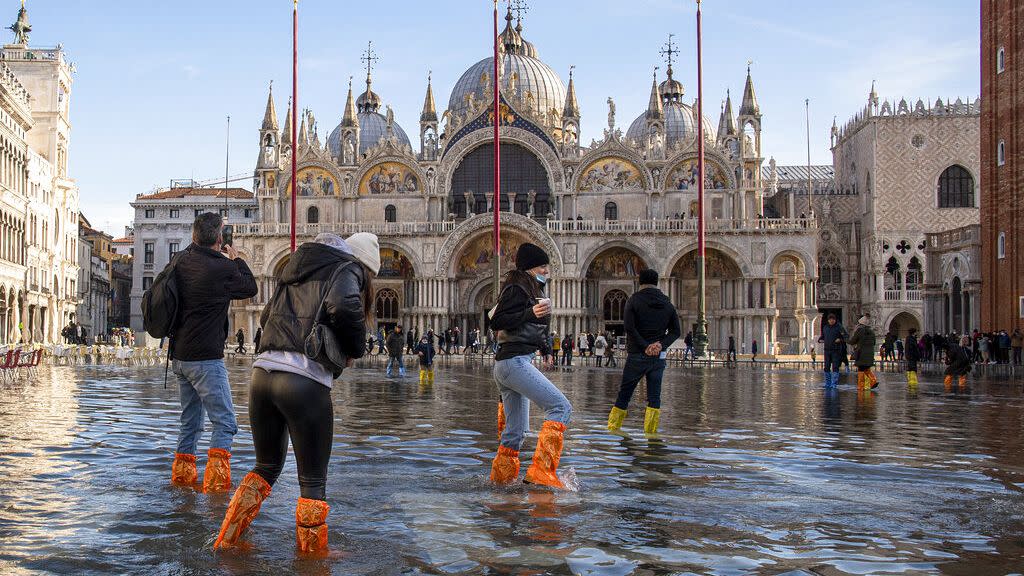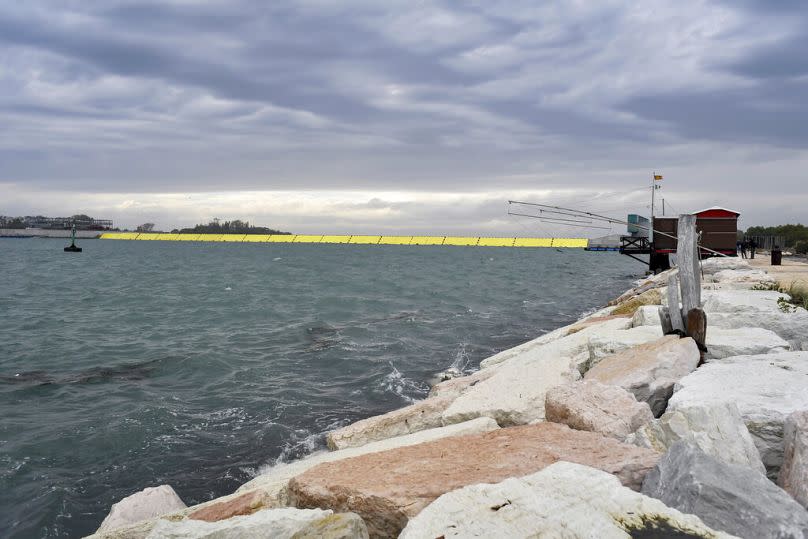New study by Italian scientists predicts Venice will be underwater by 2150

New research by Italian scientists estimates that parts of Venice will be submerged by 2150.
The study was carried out by experts at the National Institute of Geophysics and Volcanology (INGV) and analysed data on tide level rise.
Venice has been battling increasingly frequent flooding for decades.
There is now a system of flood barriers in place in its lagoon, a shallow, 550 km² enclosed bay in the northern Adriatic Sea that surrounds Venice and its islands.
But these won’t be enough to protect the city from continual sinking and sea level rise.
Venice will be underwater by 2150
A team of scientists at the INGV found that tide levels in the Venetian lagoon are rising at a rate of roughly half a centimetre per year.
The exact increase differs around the city from 4.22 millimetres on the Lido island to 5 millimetres at Malamocco. The data is based on statistics collected by Venice’s tidal centre over the last 20 years.
Researchers combined this with satellite data on land subsidence recorded between 2008 and 2023. The study concluded that some areas of the city will be permanently underwater by 2150.

The scientists predict parts of Piazza San Marco, Venice’s most famous square, will be under 70 centimetres of water. The west side of the city will also be one of the first affected - it is one of the most frequently flooded areas going underwater 58 times between 2019 and 2023.
“Sea level increase, particularly if accelerated locally by subsidence, is leading to increasingly severe and widespread coastal erosion, beach retreat and marine flooding with very significant environmental and socioeconomic impacts for populations,” INGV researcher Marco Anzidei said.
How is Venice protected against flooding and sea level rise?
MOSE, a system of mobile barriers at the entrances to the lagoon, is now up and running - although it will be 2025 before it is in full operation. The gates are raised when high tides hit and prevent water from entering the lagoon and the city.
However, this “miracle solution” is only a short-term fix.
A 2021 report from the Intergovernmental Panel on Climate Change predicted a rise in the mean regional sea level by 2100 of 28-55 centimetres in their most optimistic scenario of global warming - and 63-101 centimetres in the most pessimistic scenario.
One in eight Europeans now lives in an area at risk of extreme flooding, says new report
Italy, Slovenia, Greece: Which European countries are most impacted by flooding as climate heats up?
As such, the mobile barriers would have to be raised so frequently that Venice’s port industry would collapse and the lagoon - which is “washed out” by tidal exchanges - would become a fetid swamp.
A group of environmental scientists from the University of Padua is instead pushing for greater protection of the salt marshes in the lagoon.
These are crucial flood protection because they act as buffers to shield the city from high tides and are also a powerful carbon sink.


